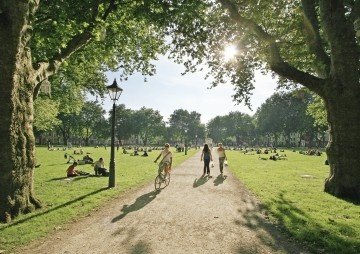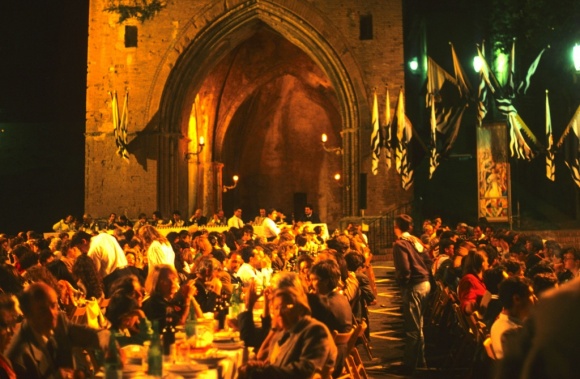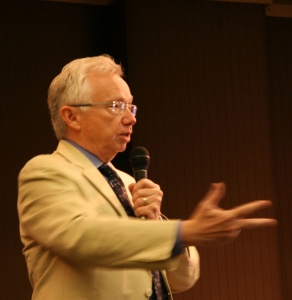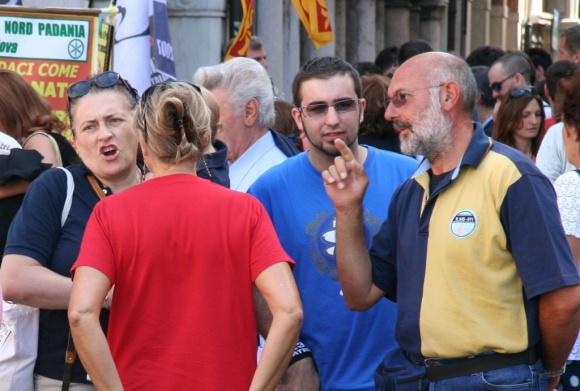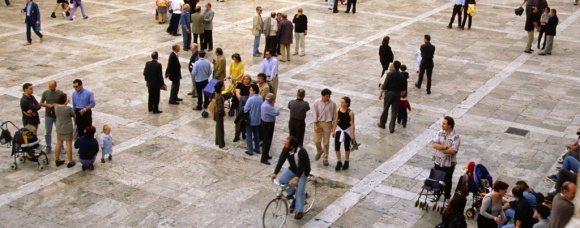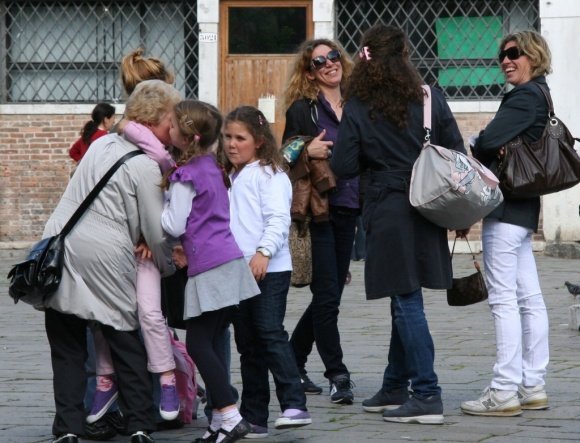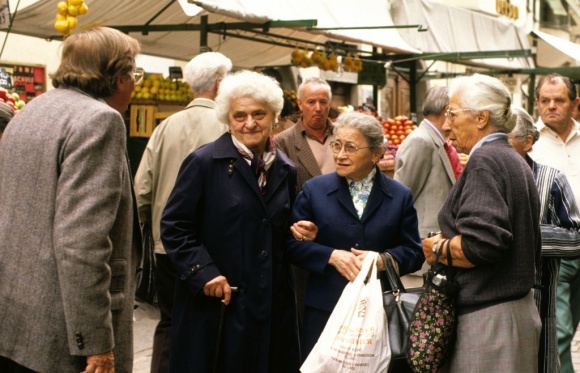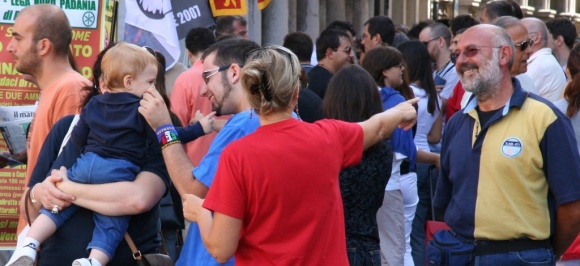Tours for Bristol Conference
Walk Bristol’s public spaces and harbourside; take the “Green Cycle Tour”; join the boat tour to see Bristol’s new Enterprise Zone; join the group for a guided tour of Poundbury; or enjoy Bath’s Georgian architecture and afternoon tea at the Pump Room. If you are a registered conference participant at the 52nd IMCL Conference you … Read more

